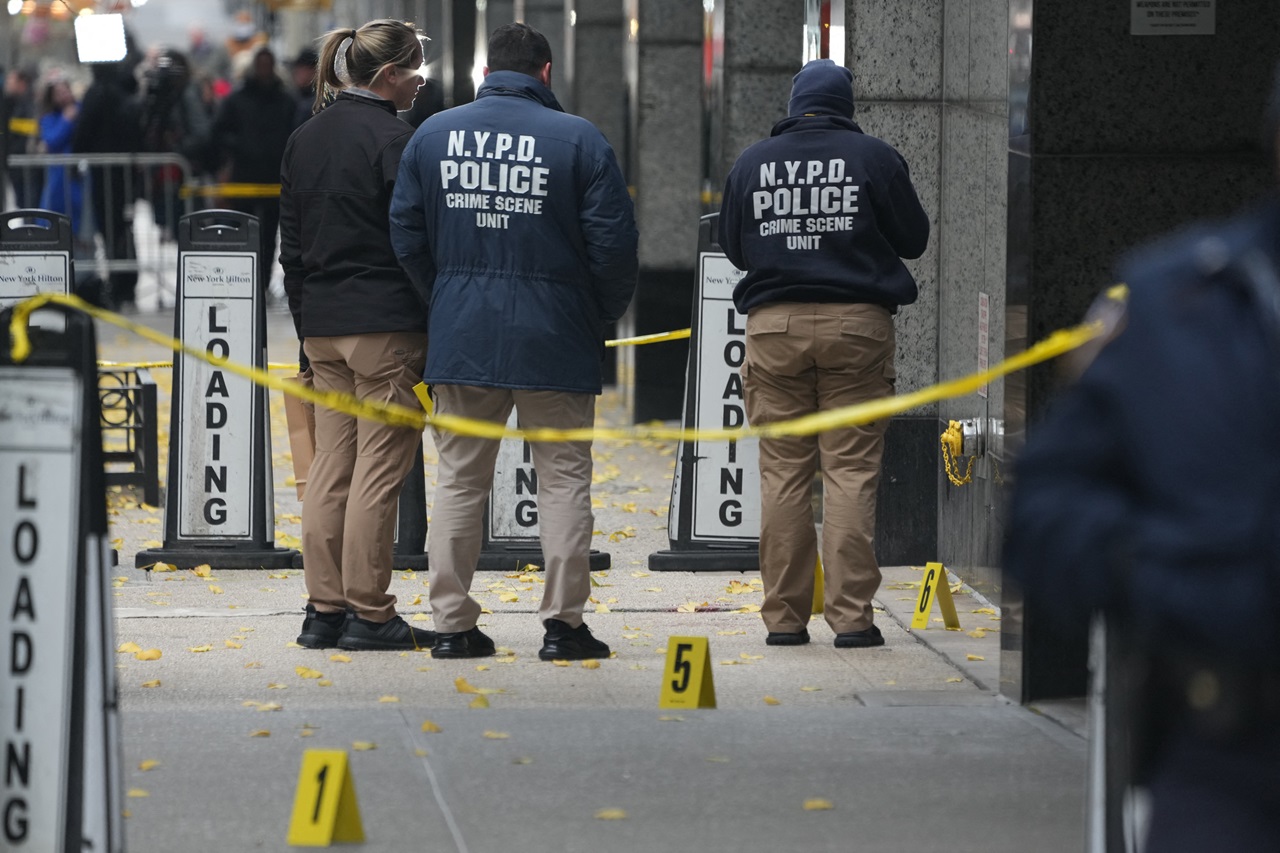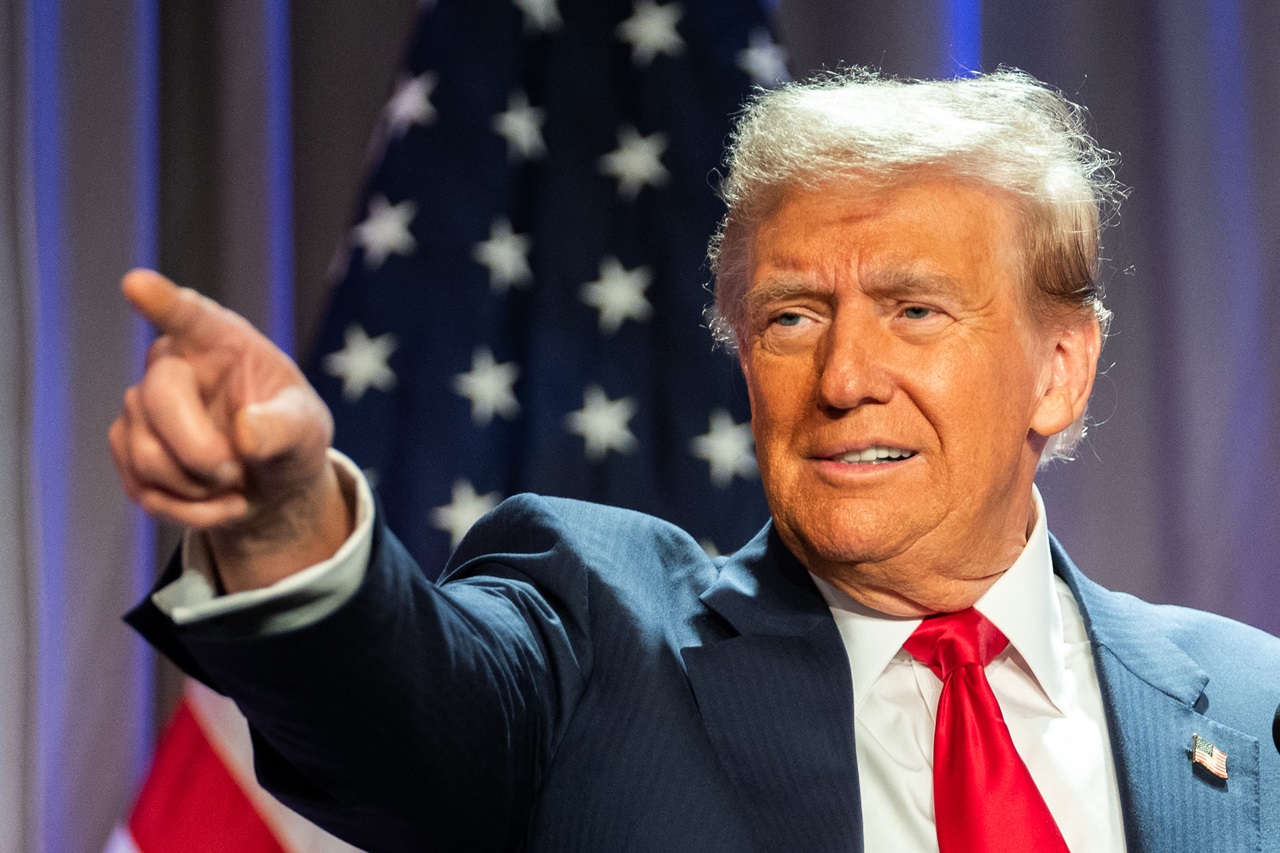
Breaking down the reality and history of mental health stigmas within America’s AAPI communities
Asian-Americans have a long history in the U.S., and have long been misconstrued by U.S. society.
Throughout the month of May, the U.S. celebrates the history, culture, traditions, diversity and many contributions of the AAPI community with Asian American Pacific Islander Heritage Month.
To our wonderful #AAJAFamily as well as the entire AAPI community, AAJA wishes you a happy start to Asian American and Pacific Islander Heritage Month. Stay tuned for upcoming events and programming from us and our chapters! #APAHM #AAPIHeritageMonth pic.twitter.com/puiDQkJU49
— aaja (@aaja) May 1, 2021
The month of May was chosen for two reasons. One is to commemorate the first wave of Japanese immigrants to the U.S. on May 7, 1843.
Between 1886 and 1911, 400,000-plus Japanese women and men immigrated to the states, particularly to Hawaii and the West Coast.
In memory of the arrival of Manjiro, the 14-year-old fisherman who is considered to be America’s first Japanese immigrant, Congress established May as AAPI Heritage month.
May also marks the anniversary of the completion of the transcontinental railroad on May 10, 1869.
The Central Pacific Railroad, the company that built the western portion of the railroad, employed more than 10,000 Chinese laborers, yet their hard work has often been glossed over in history.
Even at a ceremony in 1969, marking the 100th anniversary of the completion of the railroad, centennial officials agreed to set aside part of the ceremony to pay homage to the Chinese workers who helped build the railroad, but they neglected to fulfill this promise — in a way that stung like a scorpion.
Instead, the then-Transportation Secretary, John A. Volpe, attributed the achievement to Americans, saying: “Who else but Americans could drill 10 tunnels in mountains 30 feet deep in snow?”
Volpe mentioned some of the backbreaking and hazardous work that was performed by a labor force consisting of 90% Chinese migrants, who were ineligible to become citizens under federal law, but they received nothing more than a passing mention.
The forgotten Chinese workers who built the western leg of the railroad across the Sierra Nevada mountains, connecting the Union Pacific and Central Pacific railroad in 1869.
— David Thomason (@dtxtc13) March 20, 2021
This is how far back and probably further white prejudice and rascism timelines.
The five minutes of recognition that was promised to these migrant workers was never given. Thus, each May that passes, the AAPI community acknowledges this labor effort and reflects on the many ways in which Asian immigrants shaped this country.
May also marks Mental Health Awareness Month, which was first conceived in 1949.
For the 31 days of May, mental health advocates, organizations and those living with mental illnesses observe the importance of taking care of one’s mental wellness, and shed light on the issues that permeate the mental health industry, like inaccessibility, injustices within treatment centers, and the stigma that hinders people from seeking help.
The word stigma is defined by the Cambridge English dictionary as “a strong feeling of disapproval that most people in a society have about something.”
Stigma, prejudice and discrimination against people with mental illness is extremely normalized and can be seen in several sectors of society.
Mainstream media coverage of complex illnesses, such as psychosis and schizophrenia, tend to emphasize portrayals of violence, unpredictability and danger to others, despite the fact that close to 96% of violent crimes are committed by people who do not have a mental illness.
Hollywood also perpetuates these harmful stereotypes in movies that depict mentally ill people as villains and violent criminals who are beyond help.
In the 2016 film Split, the main character, who lives with dissociative identity disorder, otherwise known as multiple personality disorder, is quite literally represented as a monster, a serial killer, and a subhuman creature.
The mental health stigma can also be seen in more subtle ways, in personal interactions, and through ableist language. Often, when a person feels brave enough to open up about their struggles, others will respond with phrases such as “pull yourself together,” or “it’s all in your head.”
People battling illnesses such as clinical depression, generalized anxiety disorder, or bipolar disorder, are often told that they are being dramatic, or that their symptoms will go away if they just change their diet, get more fresh air, or meditate.
While these statements are typically well-intentioned, they are not helpful, and recovering from mental illness is more complex than simple lifestyle changes. Statements like these can make people feel more ashamed of themselves and can exacerbate their existing symptoms.
The American Psychiatric Association outlines three different types of stigma: public, self and institutional.
Public stigma involves the negative attitudes that others have about mental illness.
Self-stigma refers to the internalized shame that mentally ill people have about their own condition.
Institutional stigma specifies the ways in which mentally ill people are disadvantaged on a systemic level, through lower funding for mental illness research, or fewer mental health services relative to other health care.
As a result of this stigma, more than half of people living with mental illness do not receive help for their disorders, according to Mental Health America.
In a conversation with Al DÍA, Hyun-Woo Hung, a 22-year-old Korean American from Northern Virginia, explained that mental health is not typically talked about openly among his fellow Asian-American friends and family members, especially not with parents.
“My parents don’t know me, truly, like what I am. I never go to my parents about what I’m really feeling, because to them it’s kind of like showing a sign of weakness. So I always go to my friends for support. But that only goes such a long way because I feel like my friends don’t really understand what I’m going through personally,” Hung said.
By some estimates, Asian-Americans are three times less likely to seek treatment compared to other racial groups. According to Mental Health America, they are the racial group least likely in the U.S. to seek mental health services.
Mental illness does not discriminate. The National Alliance on Mental Illness estimates that 20.6% of U.S adults experienced mental illness in 2019 alone, which is 51.5 million people, representing 1 in 5 adults.
But the stigma within many marginalized racial groups, particularly those of Asian descent, are suffering in silence.
The reasons for their resistance to talk about mental health and reach out for help are complex and deep-rooted, but as anti-Asian violence and discrimination continue to traumatize their communities, it’s imperative for the discussion to begin.
There is a Chinese phrase known as Chi Ku, which translates to “eat bitter,” or “eating bitterness,” and it has become a virtue that values the art of enduring the unpleasant parts of life with good humor, and to continue forward despite difficulties.
Buddha has said: “All life is full of suffering, pain, and sorrow,” and Chinese culture, in contrast to the American value of comfort and avoiding pain, accepts suffering as a natural part of human existence.
While this phrase is certainly good advice that can apply to many situations that one might go through in life, the virtue of survival doesn’t necessarily help people thrive.
1) I want to talk about something that deviates from my normal tweets. I've been hesitant about expressing this since I am not an Asian American.
— Lillian Li (@lillianmli) March 18, 2021
But I want to talk about Chinese culture's implicit acceptance of pain in exchange for survival. And how that makes us silent.
In other words, eating too much bitterness can be poisonous.
Unlike Westerners, who describe symptoms of depression through psychological terms, Chinese people typically interpret these symptoms through somatic imagery.
There is even a term coined for this known as “Chinese somatization,” which characterizes experiences such as headaches, insomnia, chronic pain and fatigue, some of the physical symptoms of depression.
The consumption of bitterness, when left unchecked, can “infect” the body, causing a person to absorb the suffering, which then gets stored in different parts of the body, like the belly, back and even bones.
Korean culture also has a word that uses somatic terms to describe a lack of mental wellness, and it’s known as Hwabyung.
Hwabyung is a combination of two words: Hwa, which means fire or anger, and Byung, which means illness.
RELATED CONTENT
In a conversation with Al DÍA, Linda Yoon, therapist and founder of Yellow Chair Collective, a California-based psychotherapist group, defined Hwabyung as “having so much anger, resentment, and so much built up in your life that [you become] physically sick.”
The concept of “face” and the constant efforts to “save face” is also a prevalent concept in Asian culture. It describes the desire or strategy to avoid humiliation or embarrassment, and to maintain dignity or preserve one’s reputation.
As a result of this deeply rooted social value, many Asian-Americans are discouraged from talking about their problems, especially with outsiders.
Therefore, sitting down and spilling your emotional baggage to a therapist, or seeking treatment in the form of medication or any form of hospitalization, is a major source of taboo among many people in Asian-American communities.
On top of the perpetual battle to save face and uphold the reputation of oneself and one’s family, Asian-Americans are also hindered by U.S. society’s model minority myth.
The model minority myth is a stereotype that views the entire Asian-American community as a monolith, and praises them for their perceived success across cultural, academic and economic domains.
Asian-Americans face discrimination and challenges that have long been ignored by policymakers and philanthropists. The “persistent and powerful model minority myth” reveals “a lack of understanding of the disparities that exist,” said Sonal Shah.https://t.co/Lxj6pQ9Kdj
— Andrew Ross Sorkin (@andrewrsorkin) May 3, 2021
This myth was forced upon the community, but many have internalized it, and a majority of people outside the AAPI community have adopted its perceptions.
Despite the fact that the number of Asians living in poverty grew by 44% over a decade, and a half in 2016 alone, Asian-Americans are still widely viewed as economically successful, and are expected to dominate the fields of math, medicine and technology.
While this may appear to be a positive stereotype, it ignores the reality of systemic oppression facing Asian-Americans, and drives a wedge between them and other marginalized racial groups, resulting in unnecessary tension.
In addition to the differences in how psychological symptoms are discussed in Eastern and Western cultures, the concept of saving face, and the pressures of the model minority myth, Asian-Americans also face additional barriers that contribute to them being the least likely to seek mental health treatment.
The youth-led nonprofit organization, Project Lotus, seeks to destigmatize mental health in Asian-American communities by directly tackling the model minority stereotype through implementing culturally-relevant education and empowering people to speak up.
In a blog post published on their website, entitled “The Dismissal of Mental Health by the Asian Community,” a writer identified only as Adelina, describes how difficult it can be to even bring up the topic of mental health issues with many Asian-American parents.
“Asian parents often have the mindset that it could never be them, they aren't too pushy, they just want their kids to succeed. Their kid would never feel like that, their kid doesn’t need help, their kid is just fine. Or even the comparisons to others,” she wrote, indirectly pointing to the concept of saving face.
“‘Why can’t you be better? Why can’t you be like your cousin or your family friend? Why can’t you be smarter? More driven? Work harder?,’” Adelina wrote, offering some examples of things that Asian-American parents may say to their kids.
“But that mindset is what exacerbates mental health issues, that expectation of perfection that can never be reached no matter how hard you try,” she said.
Some of the other barriers that keep Asian-Americans from seeking mental health treatment include a lack of culturally-competent services, insufficient multilingual services, and challenges with healthcare and insurance.
Treatment providers are often unaware of the impact of myths and stereotypes and how they impact the mental health of those in the AAPI community, and are uneducated on the diversity in educational and occupational achievements of AAPIs as well as the variance of socioeconomic statuses.
There’s also a major lack of understanding of the immense diversity of the community and oftentimes, harmful assumptions are made about a client or patient’s lived experiences.
Another relevant aspect missing from mental health services is a comprehension of systemic racism and oppression and how these systemic issues directly impact the mental health of AAPIs.
More than a third of AAPIs have limited proficiency in English, and over 30 languages are spoken across AAPI communities, meaning that nearly half of AAPIs will face difficulty in accessing mental health treatment due to a language barrier.
Things like immigration status, financial obstacles and high rates of uninsurance and underinsurance also contribute to the lack of mental health service accessibility for AAPIs, as well as immigrants more broadly.
The AAPI community, mainly those of Asian descent, are under attack right now, through violence, discrimination and harassment. In many ways, a mental health crisis already exists, but this racial trauma will only serve to exacerbate the trauma that many have built for years.
The time has come to break down these stigmas and make mental health treatment accessible and relevant to all communities, especially for AAPIs, who need to know it is safe to discuss their feelings and frustrations.
The mental health crisis is already here, but it is up to us to resolve it.











LEAVE A COMMENT:
Join the discussion! Leave a comment.